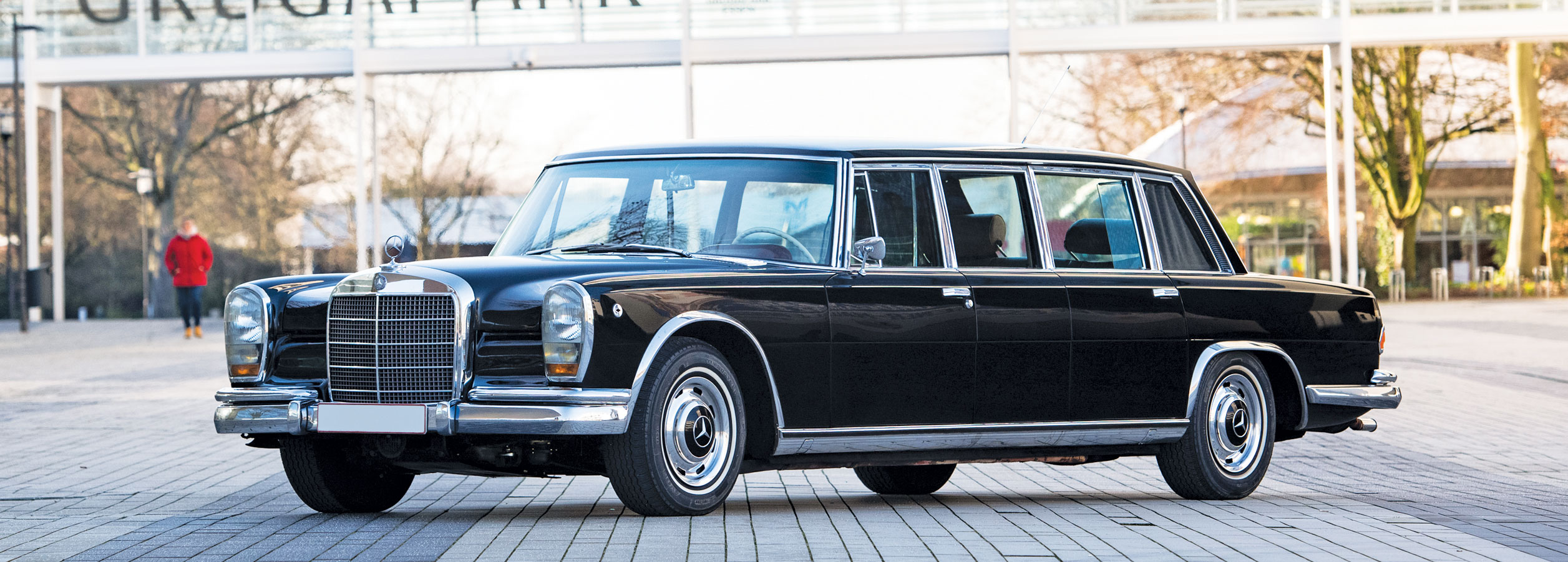- Delivered new in 1967 to the Ivory Coast for President Felix Houphouët-Boigny
- Presented in original colors of black over natural leather
- Replacement engine fitted
- Restoration work by Koster and Karl Middelhauve
- Supplied with spare engine
1967 Mercedes-Benz 600 Six-Door Pullman

